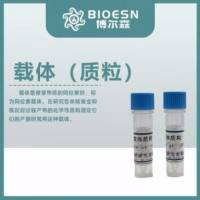The Use of P-Element Transposons to Generate Transgenic Flies
互联网
互联网
相关产品推荐

YBX1/YBX1蛋白Recombinant Human Y-box-binding protein 1 (YBX1)重组蛋白YB-1;CCAAT-binding transcription factor I subunit A;CBF-A;DNA-binding protein B;DBPB;Enhancer factor I subunit A;EFI-A;Nuclease-sensitive element-binding protein 1;Y-box transcription factor蛋白
¥1836

BCR/ABL P190 transgenic construct
¥480

PREB/PREB蛋白/Mammalian guanine nucleotide exchange factor mSec12蛋白/Recombinant Human Prolactin regulatory element-binding protein (PREB), partial重组蛋白
¥69

Creb5/Creb5蛋白Recombinant Mouse Cyclic AMP-responsive element-binding protein 5 (Creb5)重组蛋白(CREB-5)(cAMP-responsive element-binding protein 5)(CRE-BPa)蛋白
¥1836

Lire1/Lire1蛋白Recombinant Mouse LINE-1 retrotransposable element ORF1 protein (Lire1)重组蛋白(L1-ORF1p)(LINE retrotransposable element 1)(LINE1 retrotransposable element 1)(Transposase element L1Md-A101/L1Md-A102/L1Md-A2)蛋白
¥2328
相关问答

